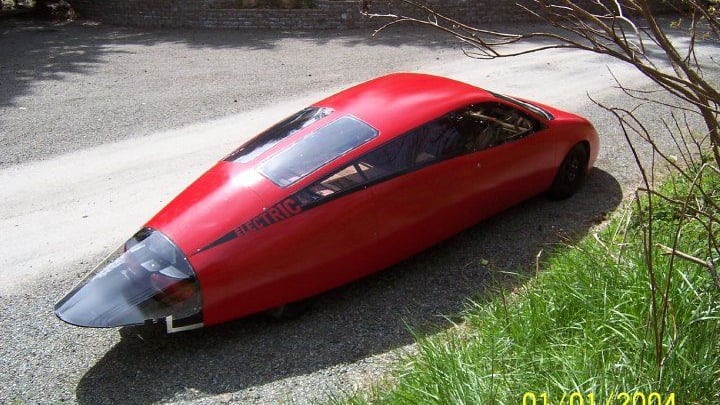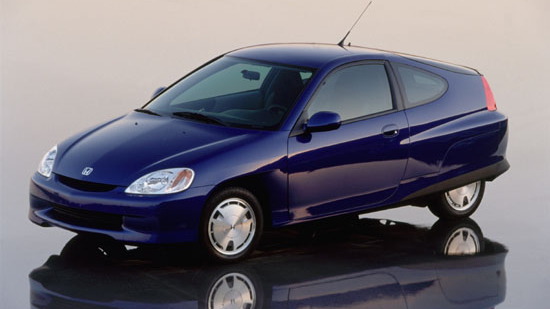For some, the methods above are only the start though. Once you reach the limits of fuel efficiency in your car, where do you go from there?
We've selected five popular--if unusual--eco modifications that some drivers use to take their cars to the next level.
Disclaimer: If you choose to go ahead with any of these mods, you do so at your own risk! GreenCarReports accepts no responsibility for any damage you do to your own car, other drivers' cars, or any relationship you might be in...
Grille blocks
A fairly simple and cost-effective eco-mod, grille blocks serve two purposes. One, they can help airflow around and over your hood and front bumper, as grilles tend to be areas of aerodynamic turbulence. The second, is that by reducing the flow of airflow to your radiator, the engine heats up more quickly to its optimal operating temperature. Not advisable if you live in a warm climate, but a good efficiency mod in winter.
Wheel skirts
Factory wheel skirts are nothing new. Plenty of classic vehicles had partially-covered rear wheels, whether a Citroen DS or a Hudson Hornet. However, that was usually for styling purposes. More recently, the first-generation Honda Insight used them to increase aerodynamics around the rear of the car.
D.I.Y. wheel skirts serve the same purpose, reducing turbulence around the spinning rear wheels and keeping a smooth flow of air around the car. The extreme eco-modder may even create a skirt around the front wheels, though it's always advisable to leave enough space for the wheels to turn...
Cameras to replace mirrors
As with the modifications above, this is all about aerodynamic benefit. Door mirrors are big, bulky and unaerodynamic. Getting rid of them reduces the frontal area of your car, and air can slip by cleanly. However, you need something to replace them--and some people fit small, rear-facing cameras in their space, transmitting the view onto small screens inside the car.
A cheaper version of this is to use small convex mirrors mounted on the inside of your front windows, to provide the view your deleted mirrors would have given. It's not as cool as using cameras though...
Boat-tails
This is a really extreme technique. It changes the look of your car completely, and you'll need some fairly open-minded friends if anyone is ever going to ride in your vehicle again. Tick all those boxes, and you can reap the aerodynamic gains. The boat-tail allows airflow going over the car to remain attached before breaking cleanly at the end, hugely cutting down on turbulence.
Some boat-tail modders have seen large economy gains, despite the extra weight the boat tail adds to the car. Naturally, the gains are most impressive at higher speeds--as an engine pushing along a more aerodynamic vehicle doesn't need to work as hard. For a less extreme take on the boat-tail, some eco-modders fit a small spoiler to the tailgate, helping air break away from the car a little more cleanly.
Extreme weight reduction
If your friends have all left you and your spouse has run away after giving your car a boat tail, you won't need all those heavy passenger seats any more. Seats account for quite a significant weight in the average car's interior, so the fewer of them the better. Start chucking away even more interior trim, soundproofing and anything else you don't need, and you'd be surprised how much weight you save.
Why is it important? Racers strip out their cars to save weight, as less weight means less inertia when braking, accelerating and cornering. The engine, brakes, tires and suspension all do less work. That's not just beneficial for performance, but gas mileage too. You can conserve more momentum out on the road, and burn less fuel getting up to speed.
+++++++++++
Follow GreenCarReports on Facebook and Twitter.
+++++++++++
















